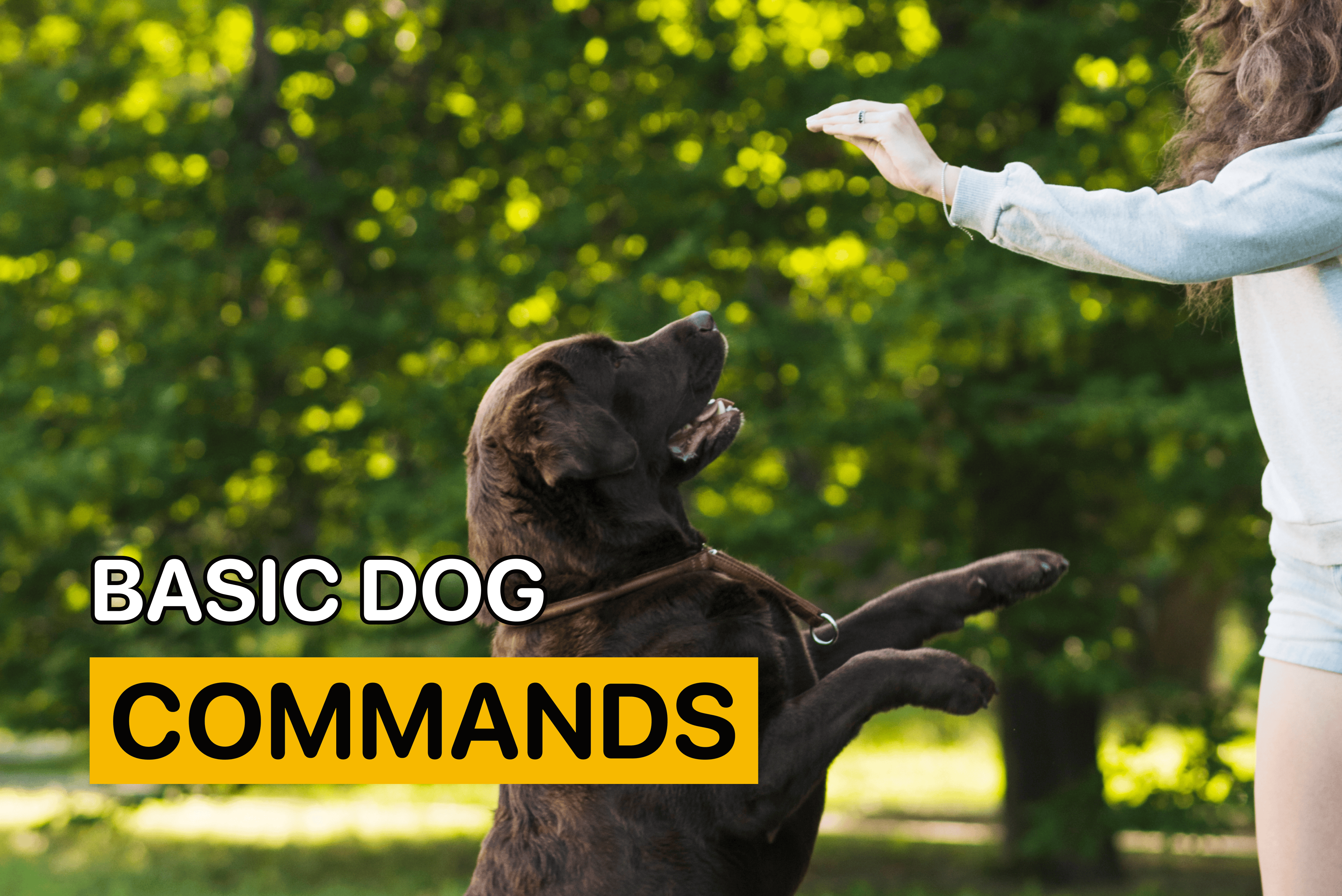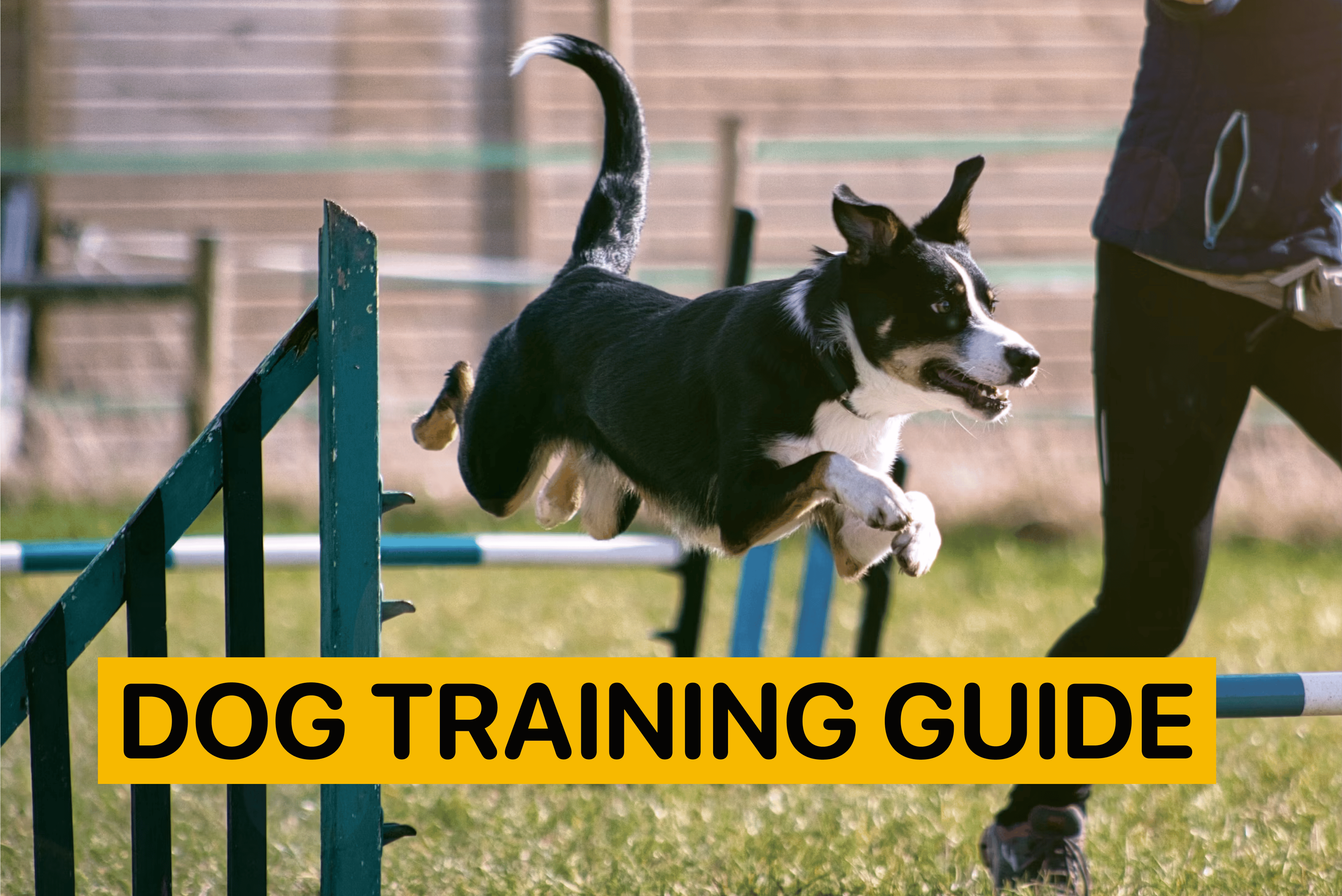How to Teach Dogs Their Name? 4 Steps to Teaching a Puppy Their Name

Por
Woofz Team Actualizada en |Revisado por Ela Brumm
Key Takeaways
- Teaching a dog their name is essential to establishing a personal bond with them
- It teaches your furry companion to pay attention to you in various situations and keeps them safe
- Use positive reinforcement methods and practice consistently to achieve the best results
- As new owners, start training your dog to recognize their name no sooner than 12 weeks of age
- Avoid forming negative associations with the name you use for your furry companion.

How Long Does It Take for a Dog to Learn Their Name?
According to Dr. Holly Root-Gutteridge of the University of Lincoln, dogs can differentiate their name when presented with a monotone stream of speech, which can be seen as proof that dogs understand that we use their names to get a dog’s attention. It serves a practical purpose to us, pet owners, as we can train our companions to control their behavior and, therefore, keep them safe.
So, how long does it take for dogs to learn to respond to their names? In fact, it can be a matter of a few days for a pup to understand that a particular word is used consistently to make them focus on the owner. However, you need to start at the right age.

We suggest introducing your pup to name training no sooner than 12 weeks of age. This is the age when their sight is fully developed and they’re cognitively ready to form the necessary association between words and the desired behavior.
How to Teach Dogs Their Name Fast
Now, let’s break down some tips for the dog’s name-training process. We’re outlining methods that are not only the most effective but also the kindest.
Step 1. Use Positive Reinforcement
Start by choosing a quiet, familiar place to avoid distractions and help your puppy focus. Then, offer a small but enjoyable reward. For example, a treat that is easy to chew. Adding extra enthusiasm makes it perfect to accompany something tastier than their daily food, such as chicken or liver paste.
Bring your furry companion to a safe spot in your house. Wait until your puppy starts playing and isn’t paying attention to you. Then, call them by their name using a bright and excited tone.
Once your pet looks at you, they understand the name is for paying attention, establishing eye contact, and getting a reward. Don’t hesitate to pair food incentives with verbal encouragement, such as “Good!” or using a clicker.
Pro tip: Consider hiding the treat behind your back to work on eye contact. Next, call your pet by their name and withhold the food for a few seconds until your pup looks you straight in the eyes. If they don’t, you can first try raising the treat to your eyes, then mark, praise, and give a reward.
Step 2. Practice Consistently
Repetition is the mother of learning. So, practice the name game daily.

You can opt for shorter sessions as it’s easier for a pup to stay focused for 3–5 minute chunks. Once you notice your furry friend is getting bored or distracted, switch to a new activity and add some playtime.
Step 3. Stay Away from Negative Associations
Avoid combining your dog’s name with negative verbal commands. It can cause your puppy to react negatively to the sound of their name, making name training more challenging. If you notice your dog becoming stressed and unfocused, consider changing the location to minimize potential distractions.

Step 4. Level Up the Name Game
It’s time to add new challenges, such as other locations with more distractions. When placed in a new environment, puppies are curious to explore the novelty of the world. As a result, they focus less on your commands.
Start by training a canine to respond to their name in a quiet area. Gradually introduce them to newer locations with increased distractions. Regular practice, both indoors and outdoors, helps develop muscle memory to respond to you when you call.

Is extra help needed? Consider downloading the Woofz app – a personalized approach and expert tips to help you teach your furry friend the necessary commands right in your pocket.
Possible Challenges of Teaching a Dog Their Name
-
Ignoring commands: Pups can get distracted when too much is happening around them. Use a gentle touch on the side to help your canine student refocus their attention on you.
-
Inappropriate age: If your puppy isn’t developmentally ready to learn to respond to their name, the training process will be frustrating for all parties involved. Start after 12 weeks of age.
-
Change an adult dog’s name: If you adopt a dog from a shelter, you may want to change their name. Apply the same tips on how to teach a puppy their name, and start using a new name with a happy tone. Praise and reward a response and practice consistently.
-
Overusing a dog’s name: Monitor your pet’s response to using their name. If you use it too much, your pet may become disinterested.
Check out the most popular dog names in 2025 according to our app users!

Wrap Up
Teaching a dog to respond to their name involves positive reinforcement (reward-based training), positive association, maintaining consistency in training, and gradually exposing the puppy to various distractions. Remember to teach age-appropriate pups and use only positive motivation in the process. Don’t get discouraged if your pet ignores you in busy locations. Consider changing the training spot or pairing the dog’s name with a physical prompt to ensure success!


